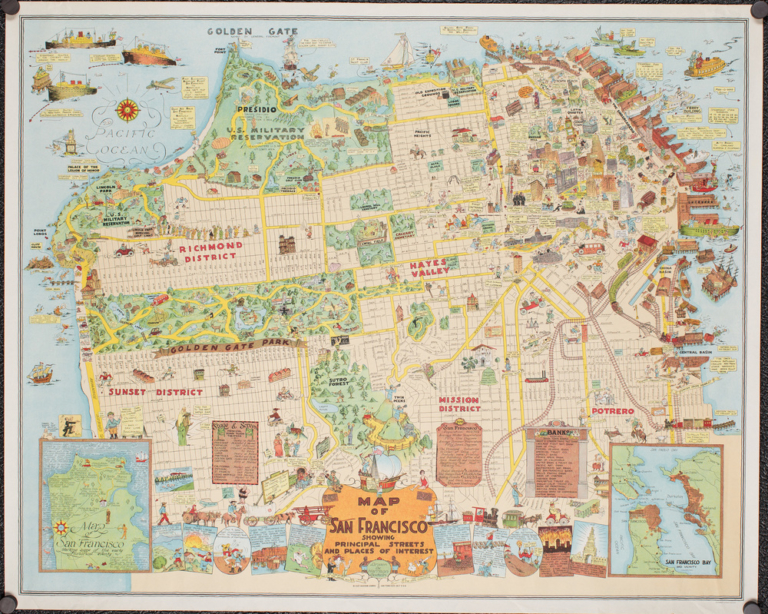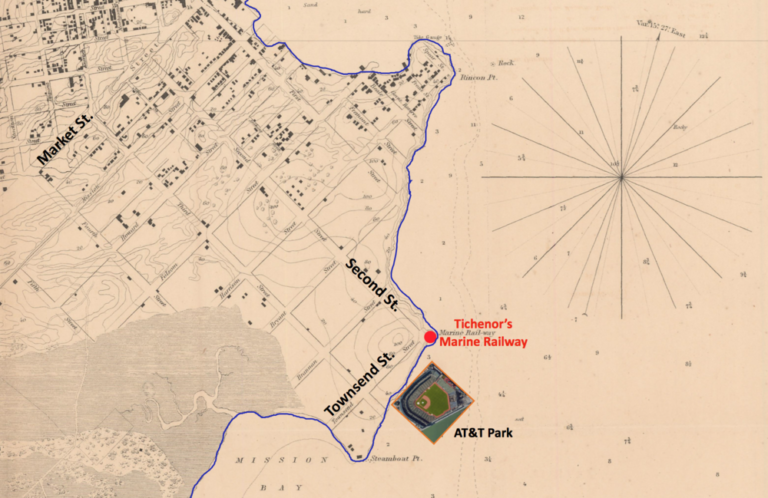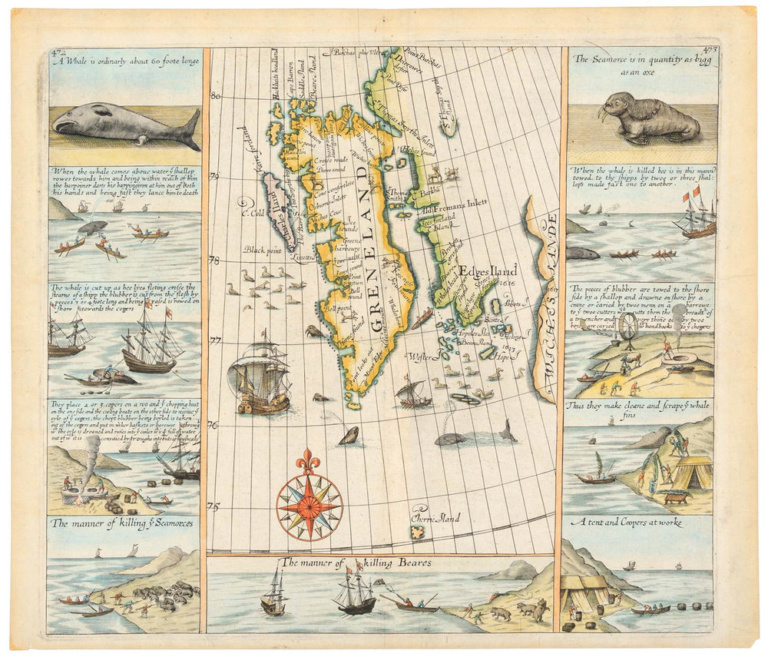The New York Times had an interesting feature discussing how disappearing Arctic sea ice could lead to the opening of shipping routes once thought impossible — including directly over the North Pole.

For the student of cartographic history, it is hard not to see this graphic and think of the centuries of maps that invented, promoted, discussed, or refuted a Northwest Passage — a conduit through the North American continent to the riches of the East Indies.
European explorers searched for a Northwest Passage from the early 16th century until the end of the 18th century. Expeditions found consistent funding because of the great lure of replacing the arduous and dangerous journeys through the Straight of Magellan or around the Cape of Good Hope.
In the late 17th and 18th centuries, this conduit was often imagined as a transcontinental waterway known as the River of the West (also known as the Long River, Rivière longue), an idea buoyed by a combination of wishful thinking and a popular 1703 travel account which purported the existence of such a river.
Some maps depicted the Long River, but shied away from connecting it completely to the Pacific Ocean.

Some maps plotted a complete transcontinental passage, like this French map from a few years before the American Revolution, which shows a waterway starting in the Gulf of St. Lawrence, passing though a series of lakes (both real and invented), and continuing on to the Pacific Ocean.

And some more discerning mapmakers included text on their maps mentioning the debate, like this map by Bellin on which he states that the English have been searching around Hudson Bay for the entrance to a Northwest Passage.

Little did they know a Northwest Passage does exist, just not the one imagined by explorers past. Those explorers viewed the passage as the key to a new economic system; the consequences of melting arctic sea ice in this century remain to be seen.



